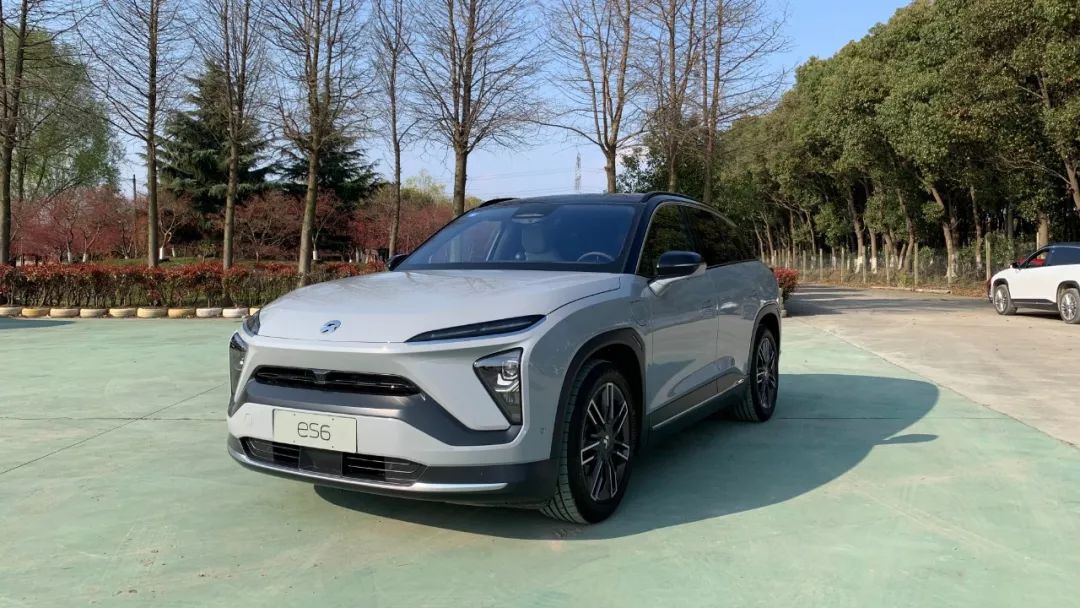There are still 3 months to go before the official delivery of NIO ES6. The first batch of prototype cars from NIO’s Hefei Factory has been offline. On March 25th, we had the first on-site test drive experience of ES6 in Suzhou.
There were three ES6s at the event, all with a front 160 kW permanent magnet synchronous motor and a back 240 kW AC asynchronous motor in performance version with 70-degree battery. One star gray ES6 was used for static shooting experience, one cloud white ES6 was used for on-site dynamic test driving, and another cloud white ES6 was used for off-road experience. Now let’s take a look at the static, dynamic and off-road experience of ES6 in order.
A smaller ES8?
In terms of appearance, the overall styling of ES6 is very similar to that of ES8, giving the first impression of a smaller ES8. However, ES6 is much more delicate in details. ES6 offers a total of 8 colors to choose from, and starry purple requires an additional payment of 10,000 yuan. The car we shot this time is in star gray.
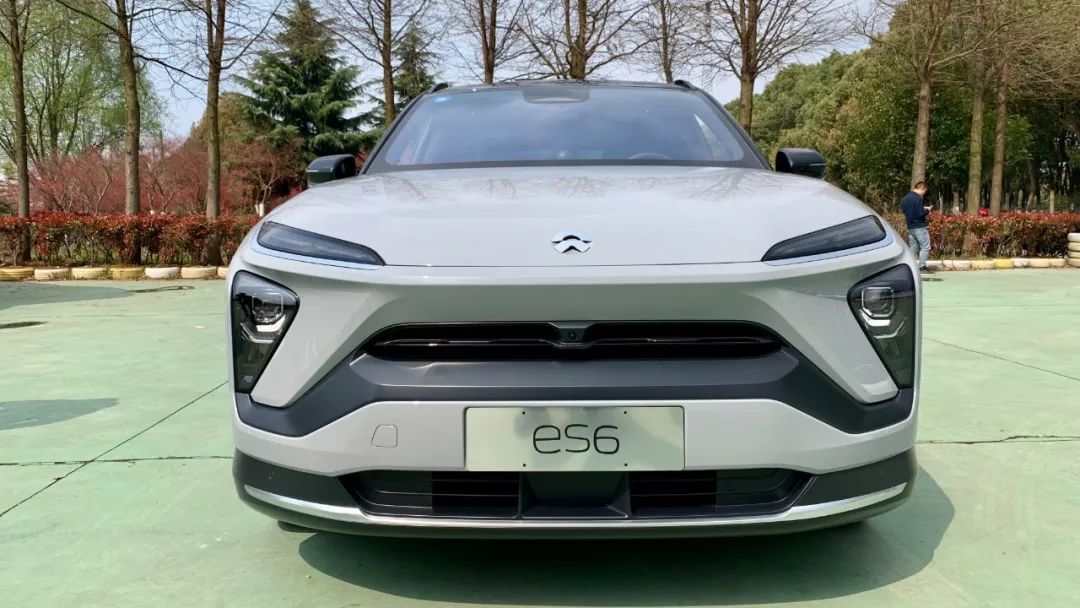
The X-bar on the front face adopts the same color design as the body, which is more acceptable than the metal decorative strip of ES8.
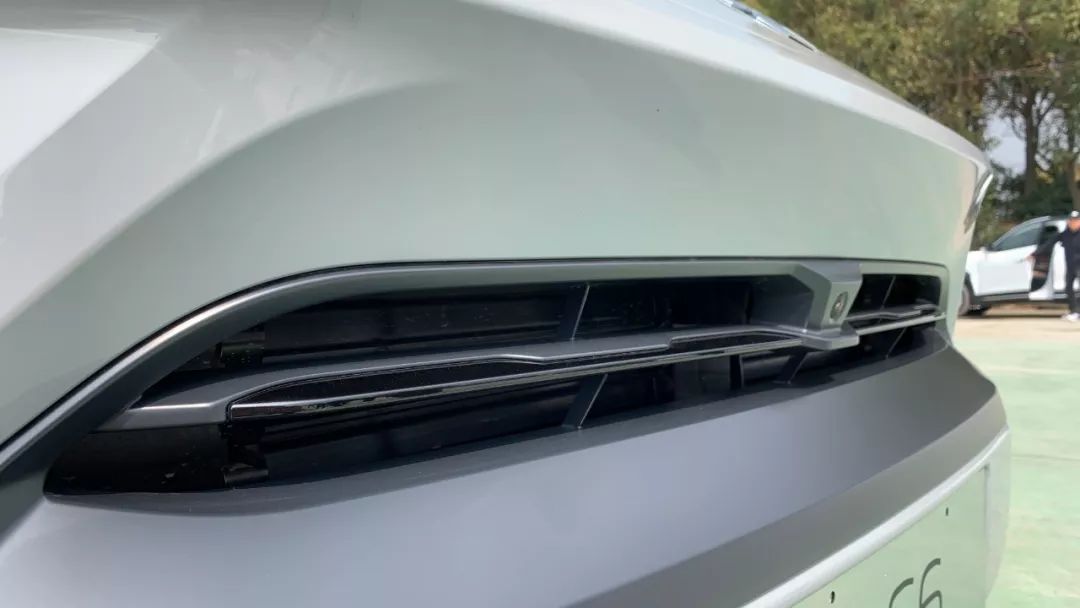
The front grille is an active air intake grille that can be actively closed to reduce wind resistance when no cooling is needed.
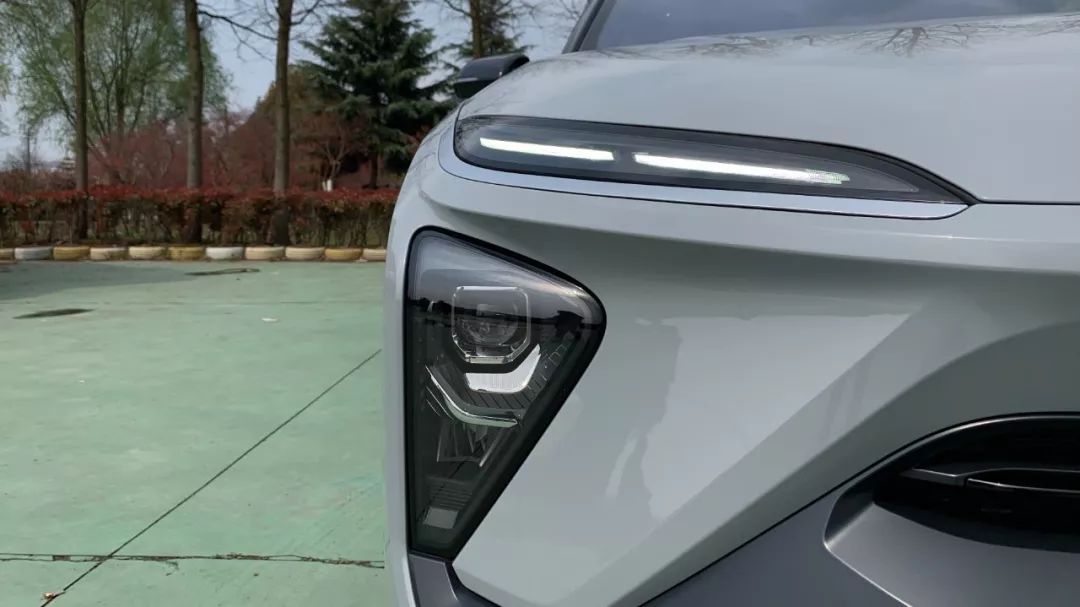
The car lights also adopt a split design, with daytime running lights and turn signals on the top and a one-piece LED headlight group for high and low beam on the bottom.
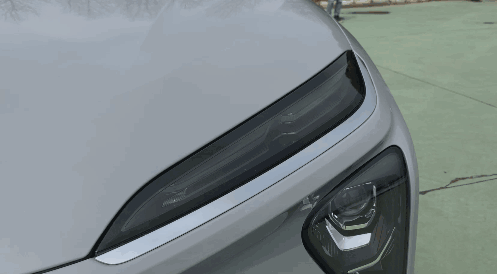
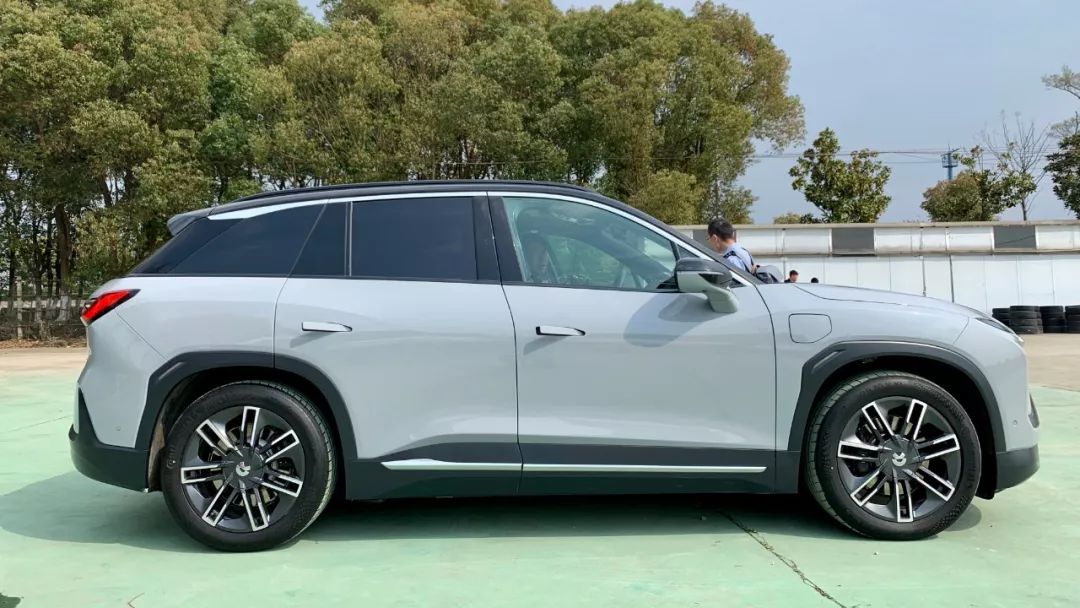 The size of the ES6 is 485019651758 mm, with a wheelbase of 2900 mm. Compared to the ES8, the ES6 is shorter by 172 mm in overall length, but in order to accommodate an equally-sized battery pack, the wheelbase of the ES6 is only shortened by 110 mm. This results in a much shorter front and rear overhang, which is also a characteristic of electric vehicles.
The size of the ES6 is 485019651758 mm, with a wheelbase of 2900 mm. Compared to the ES8, the ES6 is shorter by 172 mm in overall length, but in order to accommodate an equally-sized battery pack, the wheelbase of the ES6 is only shortened by 110 mm. This results in a much shorter front and rear overhang, which is also a characteristic of electric vehicles.
In addition to the limited first edition model of 6000 units, which comes with 20-inch wheels as standard, all other performance and standard models of the ES6 come with 19-inch wheels as standard. The optional 20-inch 7-spoke wheels in the picture are priced at 9500 yuan. There is also a detail worth noting: The breathing light on the wheel arch has been moved from the center of the ES8 to a position near the charging port at the rear.
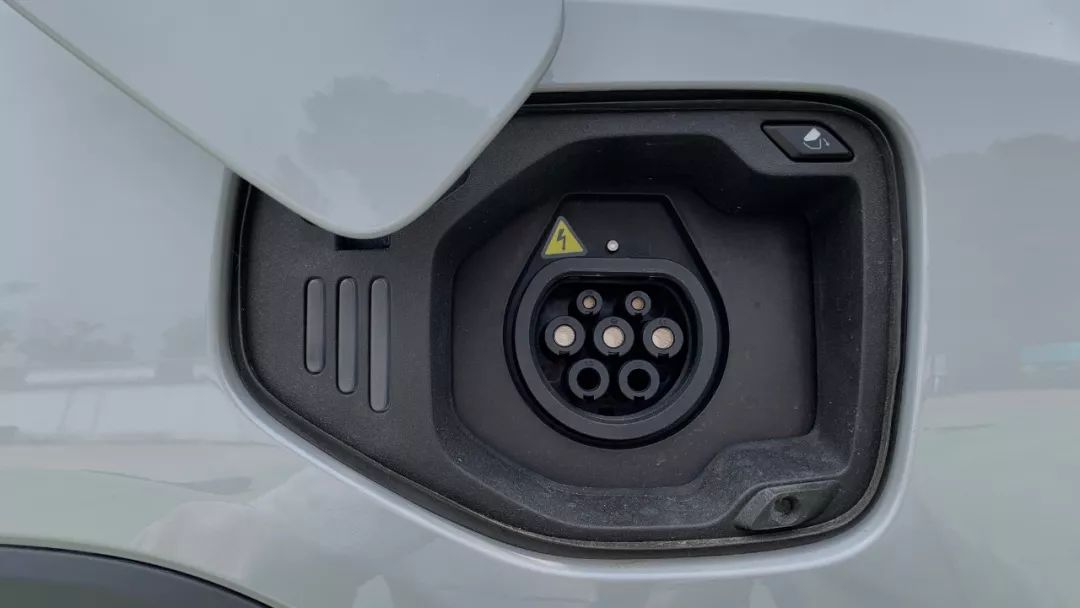

The slow charge port and fast charge port are located on both sides of the front fenders, just like the ES8, but the charging port cover on the ES6 is opened electronically by pressing the upper right corner of the cover. The company claims that this design change is for better user experience when used with the exclusive charging stations.
When users bring the charging gun to the vicinity of the charging port, the charging port cover is sensed and automatically opens, making the charging process smoother. This design is commendable, but personally, I’m a bit concerned about the reliability of the electric rotation mechanism.
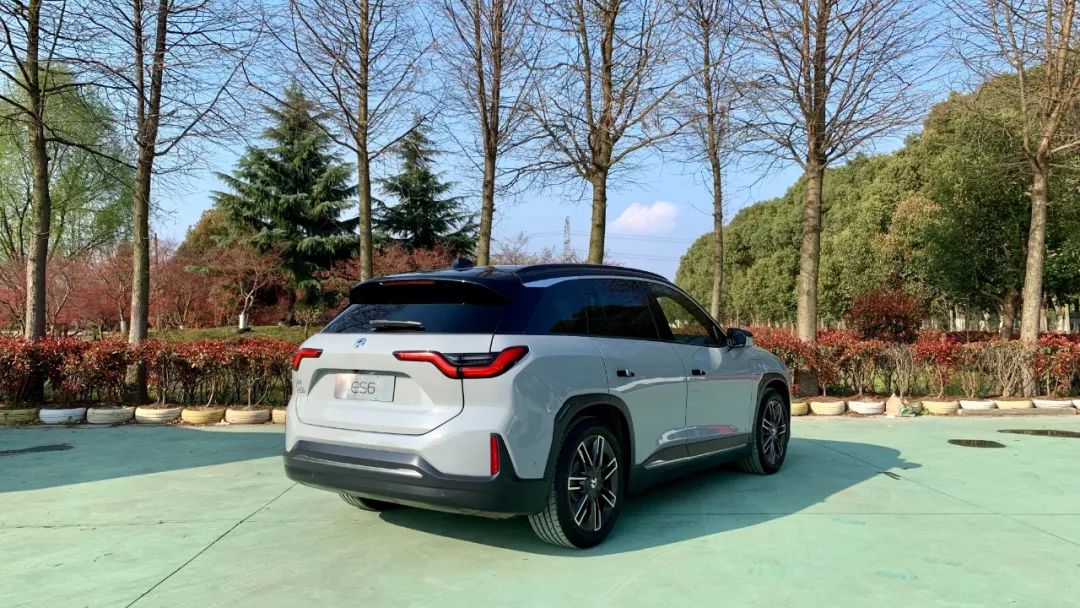
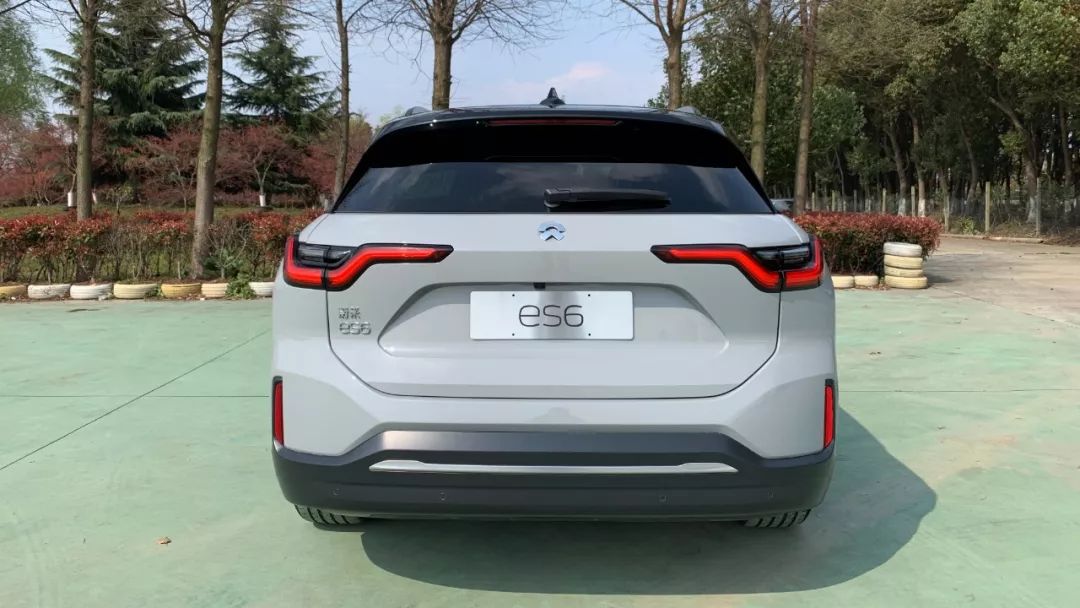
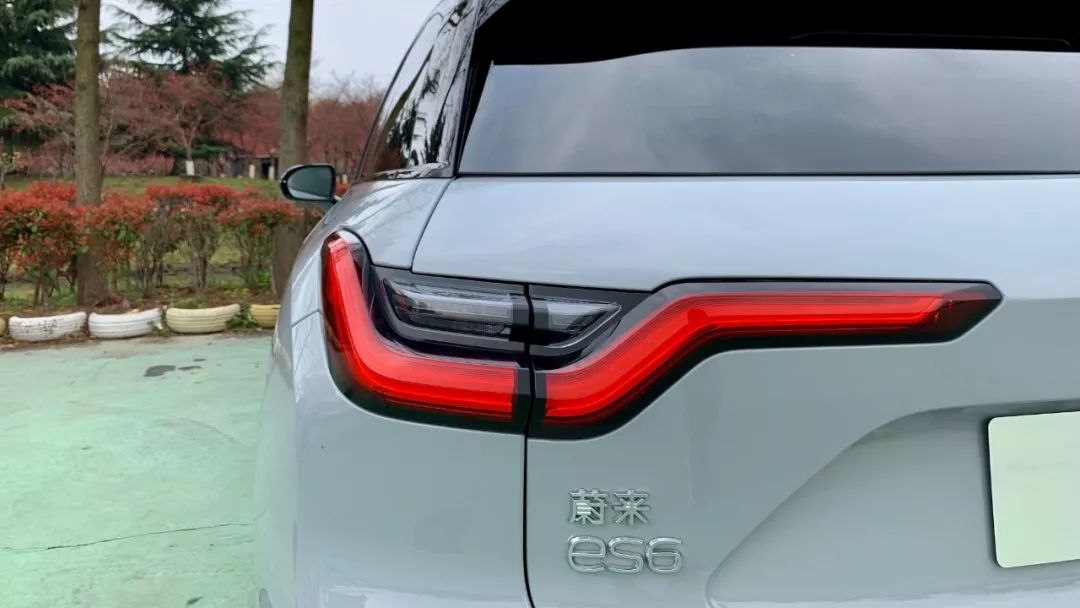
The rear of the vehicle is also in the family style of NIO.
The center console screen is dazzling.
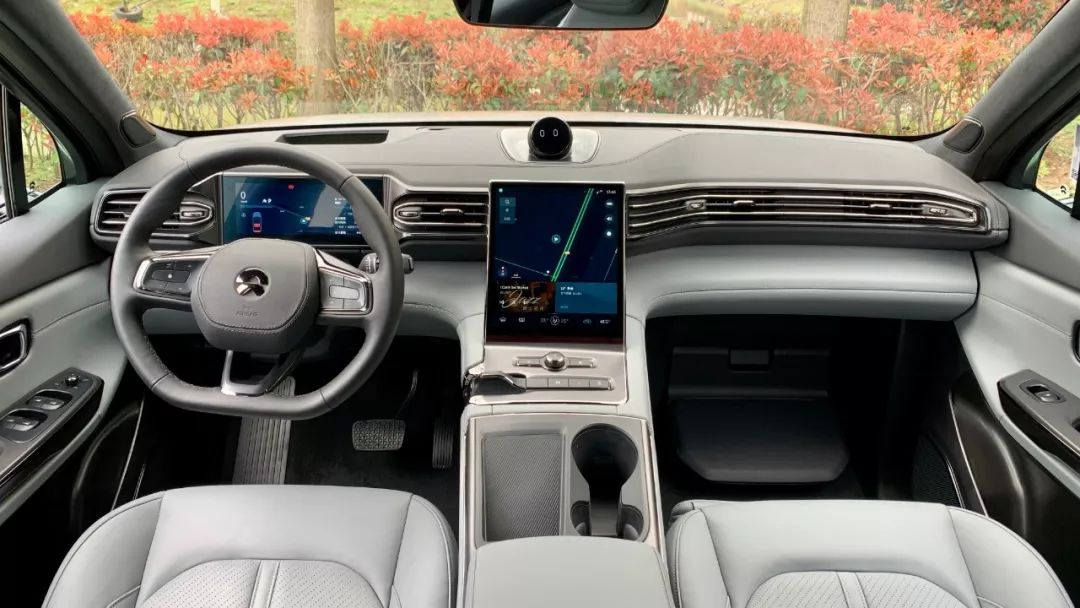 The majority of the interior design is the same as that of the ES8, with excellent materials used throughout. Nearly every surface you can touch is wrapped in leather, and there are several other subtle changes to note.
The majority of the interior design is the same as that of the ES8, with excellent materials used throughout. Nearly every surface you can touch is wrapped in leather, and there are several other subtle changes to note.
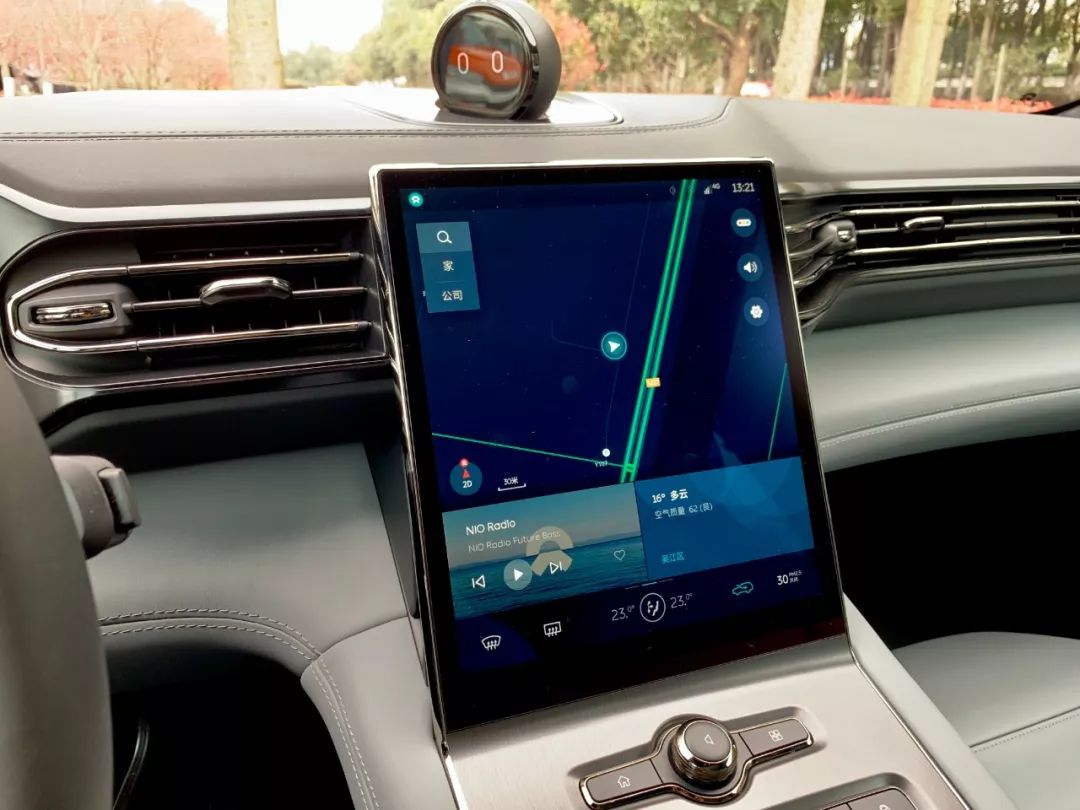
The ES6’s central touch screen has been upgraded from 10.4 inches in the ES8 to 11.3 inches. When the ES8 was first released, its large black border around the central touchscreen was widely criticized. This time, the upgrade feels like going from iPad 2 to iPad Pro. Furthermore, the second-generation central screen has an added layer of oil-repellent coating, resulting in a smoother sliding sensation while operating it, and there are fewer fingerprint marks compared to the previous generation.
The test-drive version’s operating system is still the initial version 0.3.0, so there is not much to comment on regarding the ES6’s software system.
Here, we’d like to share our experience using the latest version 1.2.1 on the ES8. Compared to earlier versions, the chances of encountering bugs is now very low. During my half-month experience, there were only two issues: the reversing image failed to display once, and the system’s operating authorization did not switch over after the charging staff completed the battery charging once.
Generally speaking, the system’s overall smoothness is relatively good compared to other car systems, and the maps are easy to drag and there is no obvious lag when zooming in or out. However, there is still a long way to go to make major improvements to the overall operating logic and UI designs.
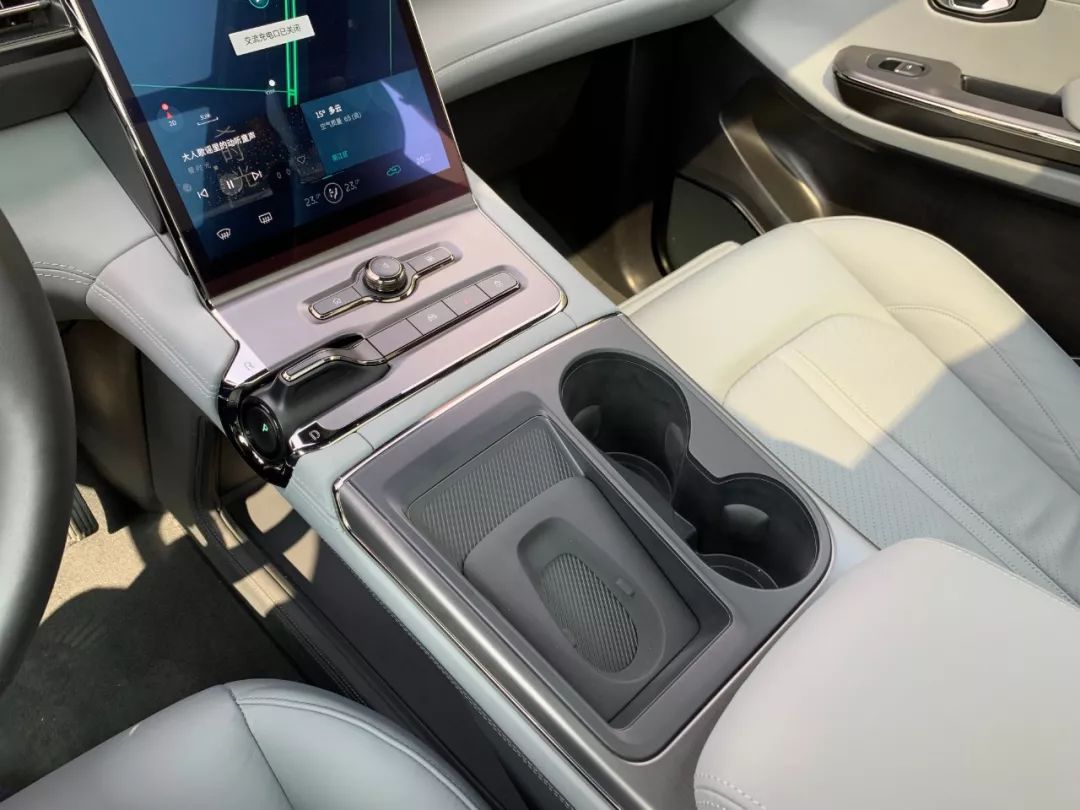
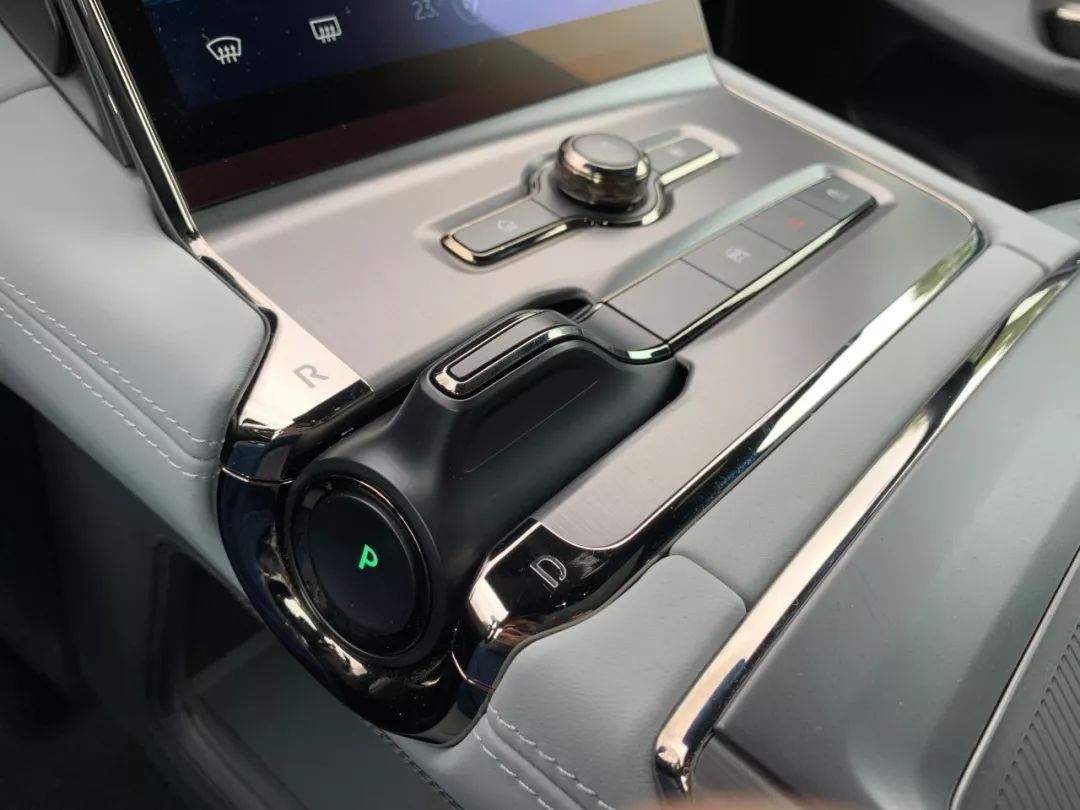
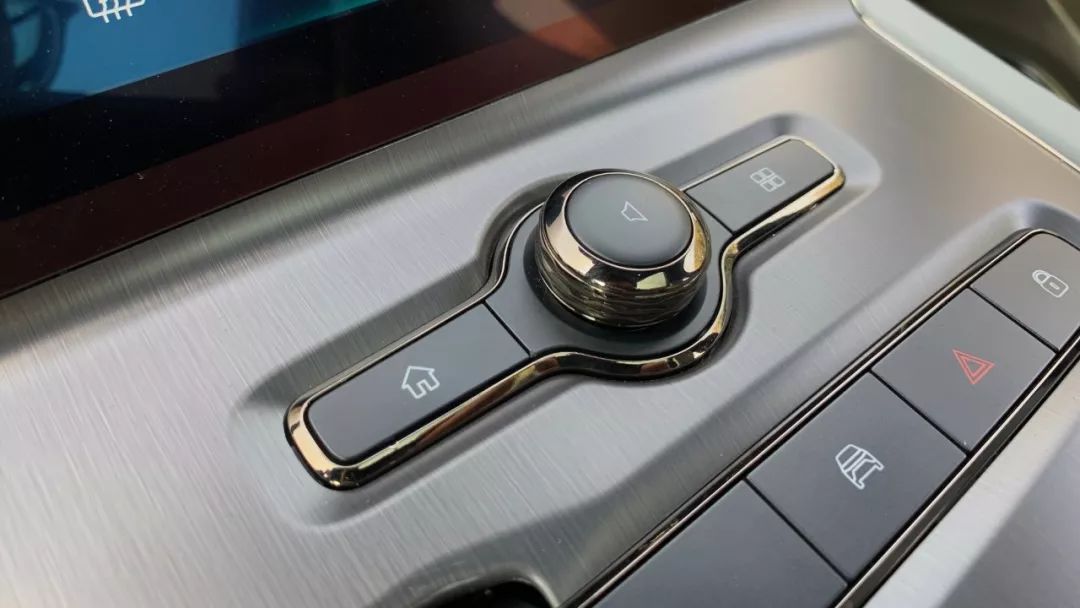
Compared to the ES8, the central control layout of the ES6 has not undergone significant changes, but the craftsmanship and materials have improved by a level. The ES8’s piano baked enamel decorative panel has been replaced by a metal brushed decorative panel, and a chrome trim has been added around the function keys.
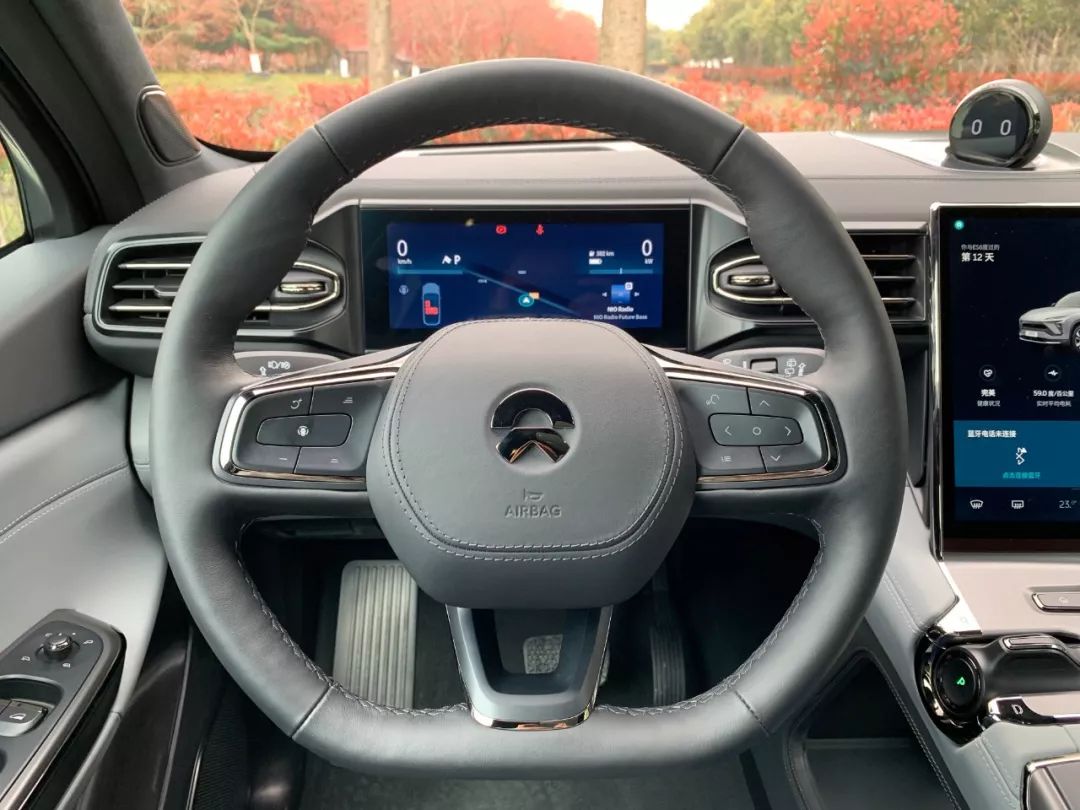 The interior design of ES6 has undergone significant changes, particularly the steering wheel, which has changed from a dual-spoke design to a three-spoke design. The surface of each individual button on the steering wheel has increased, and unnecessary buttons have been removed, making it more convenient for blind operations compared to the ES8.
The interior design of ES6 has undergone significant changes, particularly the steering wheel, which has changed from a dual-spoke design to a three-spoke design. The surface of each individual button on the steering wheel has increased, and unnecessary buttons have been removed, making it more convenient for blind operations compared to the ES8.
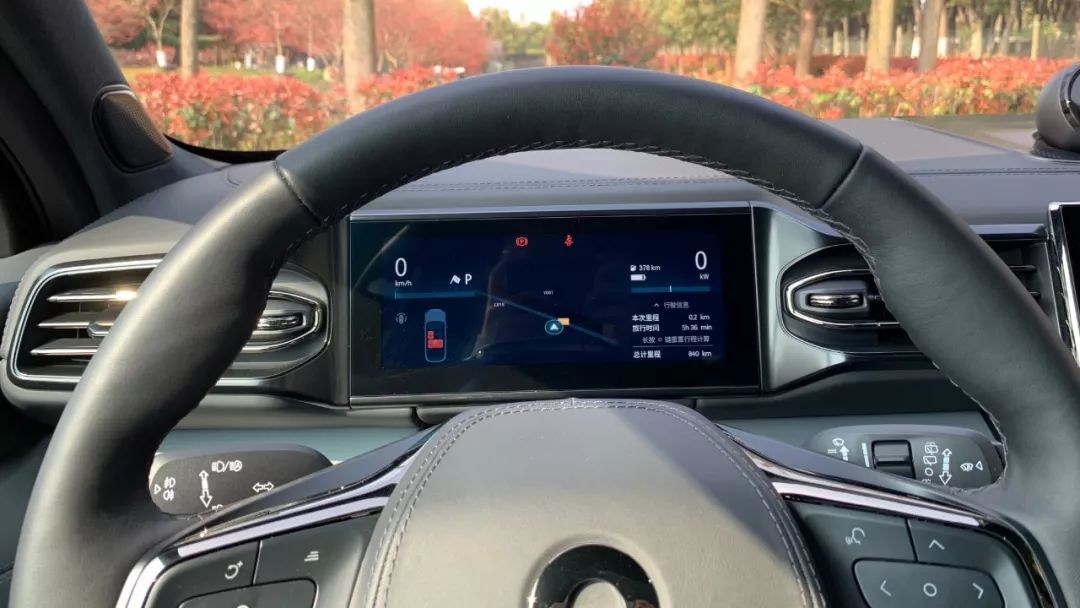
The size of the instrument panel has remained the same, and its display logic is consistent with that of the ES8, but the UI design is poor.
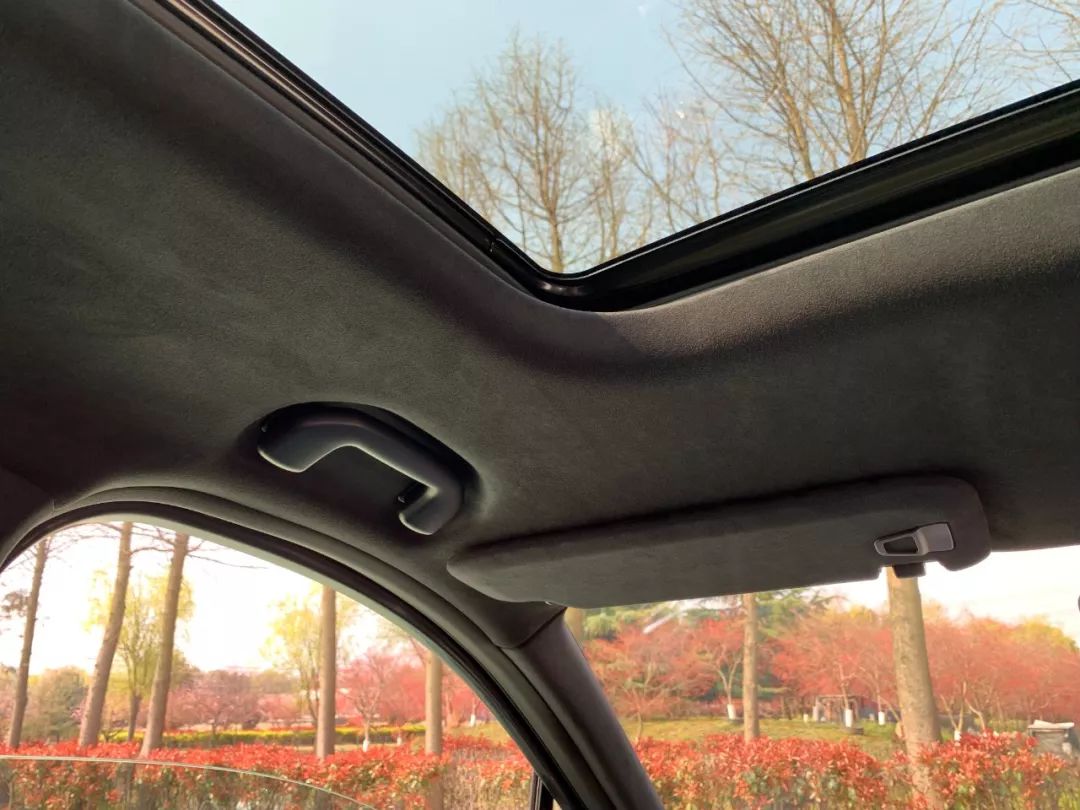
Unlike the ES8, the top of the ES6 can be equipped with Microfiber ultra-fine suede fabric, which is a cloth made of artificial fibers and a small amount of thread. The feel is smoother than that of Alcantara.
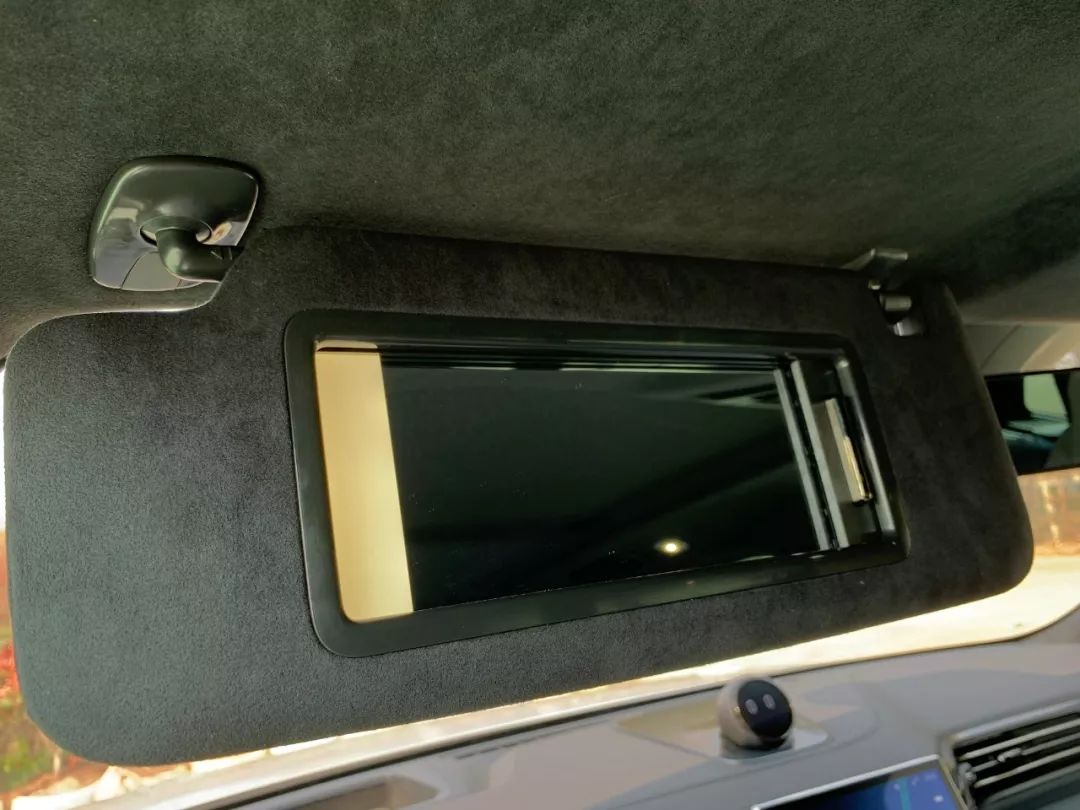
The area of the makeup mirror in the ES6 is very large, which is very useful for users who need to touch up their makeup in the car.
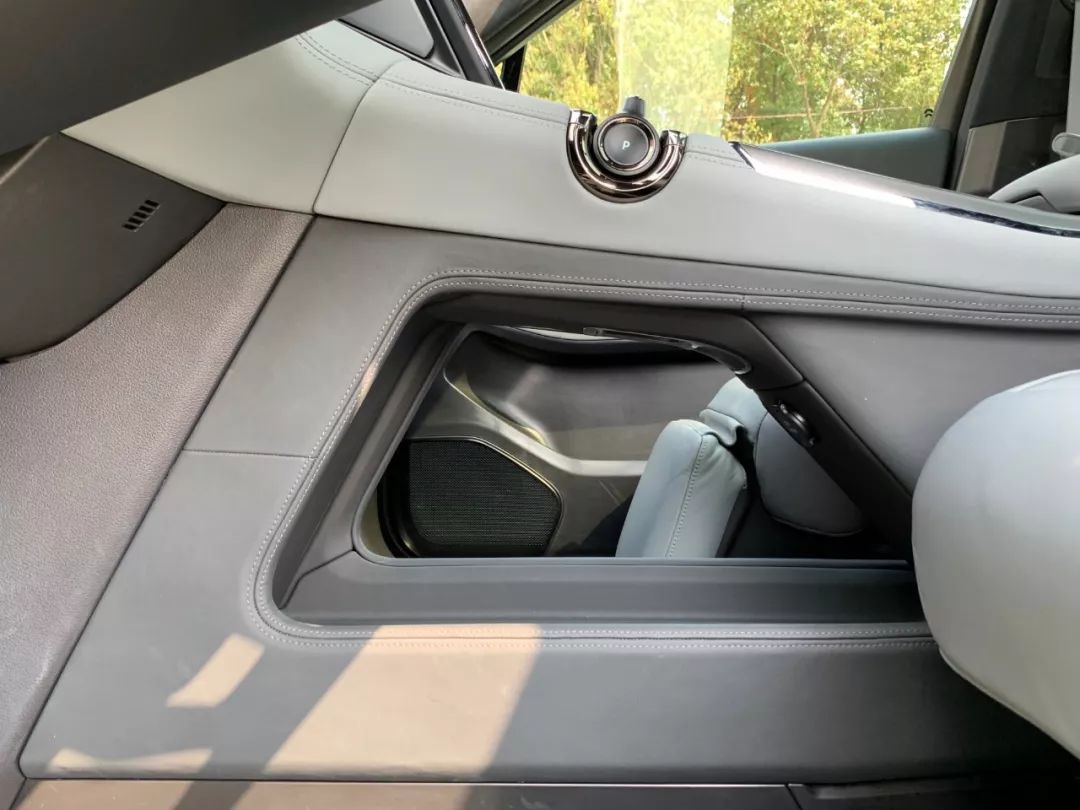
The area below the center console is still a very large hollow area (the main and co-pilot seats are adjusted to the furthest back position for the photo).
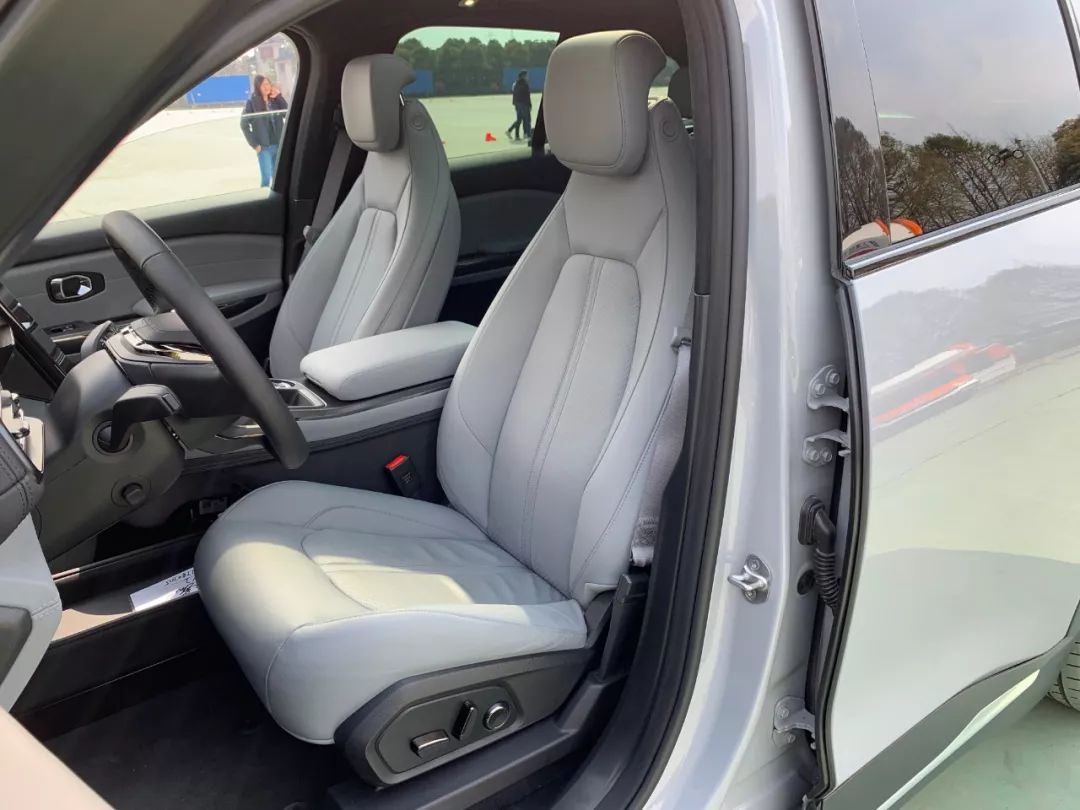
The ES6 uses integrated seats, which are softer and more wrapped than the ES8’s seats. The overall riding experience is much more comfortable than the ES8.
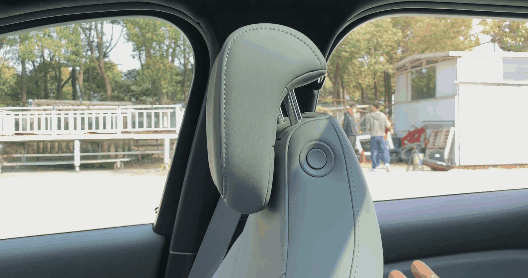
Although it is an integrated seat, the headrest can still be adjusted in two positions.
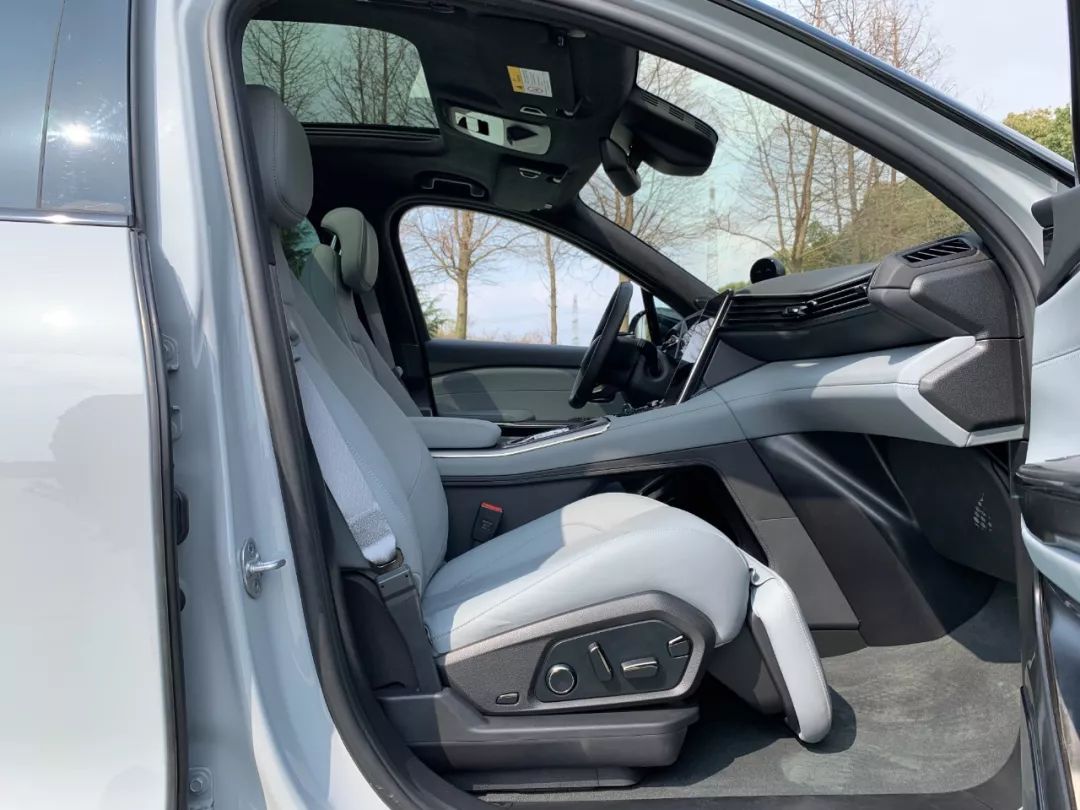 Queen Seat is also optional on ES6, with no doubt about its comfort; however, the optional price of 8,500 yuan is not cheap.
Queen Seat is also optional on ES6, with no doubt about its comfort; however, the optional price of 8,500 yuan is not cheap.
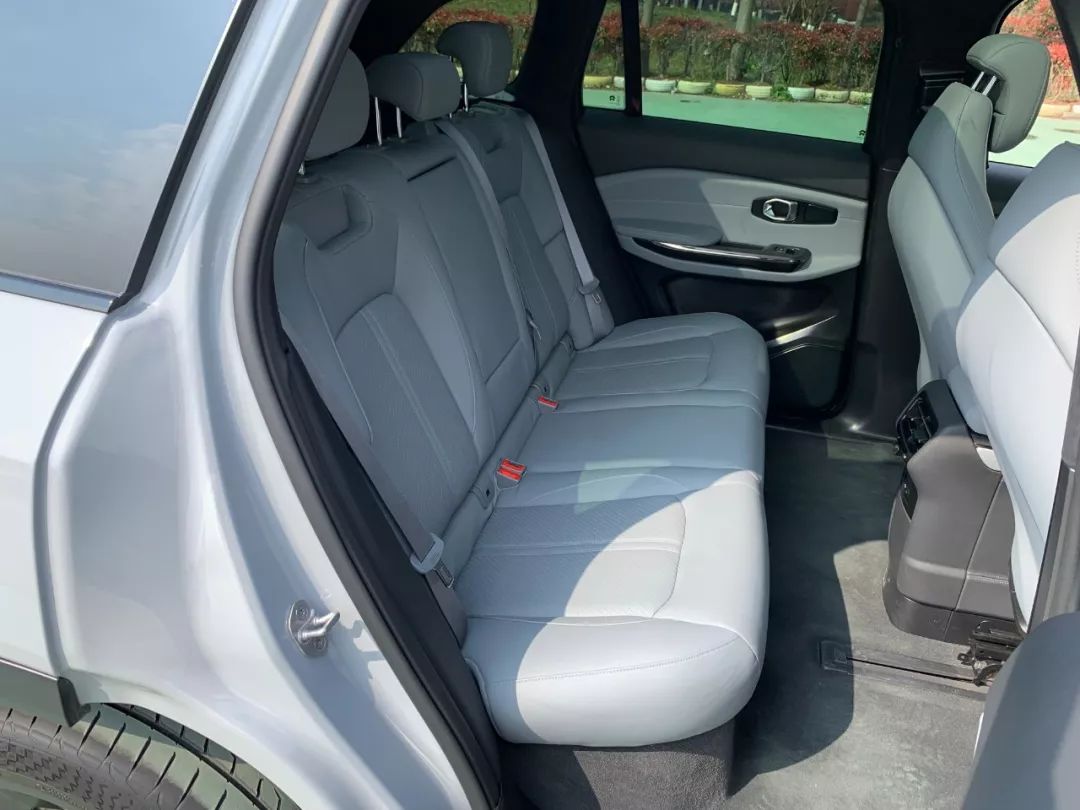
The back seat of ES6 is also softer than that of ES8, and due to the shortened wheelbase of 110 mm, the rear space of ES6 is definitely smaller than that of ES8. However, with the front seat adjusted to a suitable position, the legroom in the rear is still very spacious.
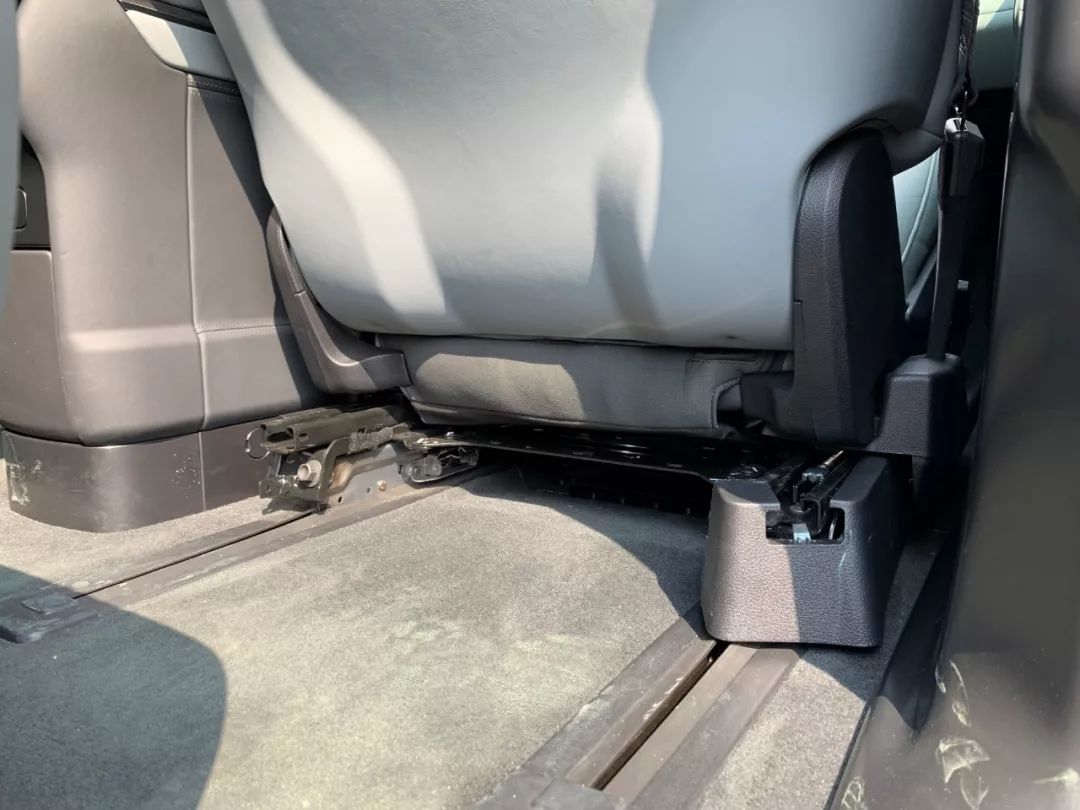
The only drawback is that the front seats are relatively low, and your feet cannot be placed naturally under the front seats, so the area where the rear legs can move is the space you see.
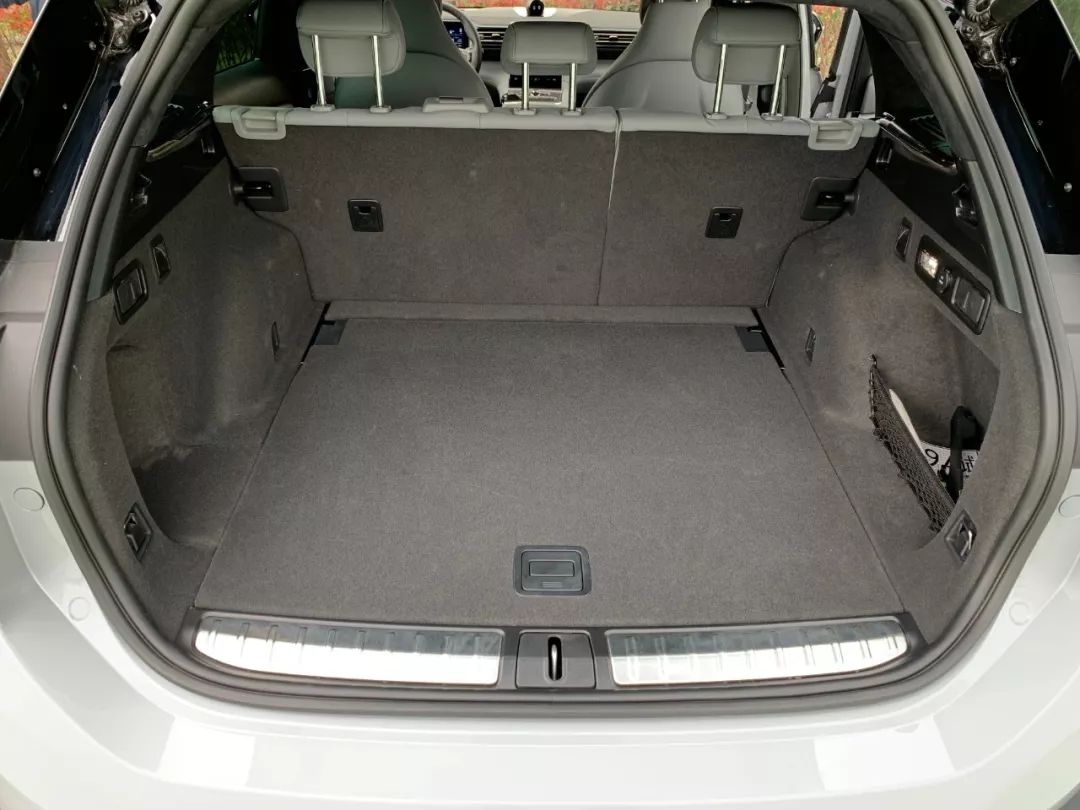
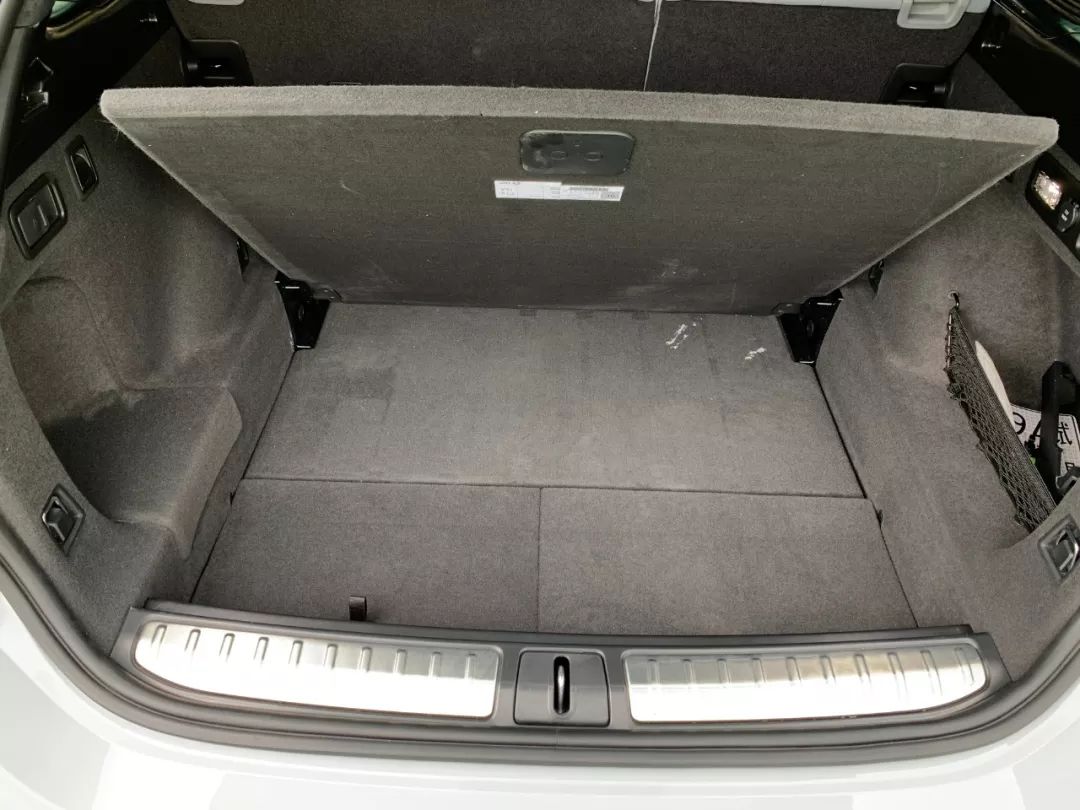

The cargo compartment of ES6 is very regular, with hooks, anchor points, and a 12V 180W power supply. Under standard conditions, the cargo volume of ES6 is 584 liters, and there is still 80 liters of space in the storage compartment hidden under the storage board.
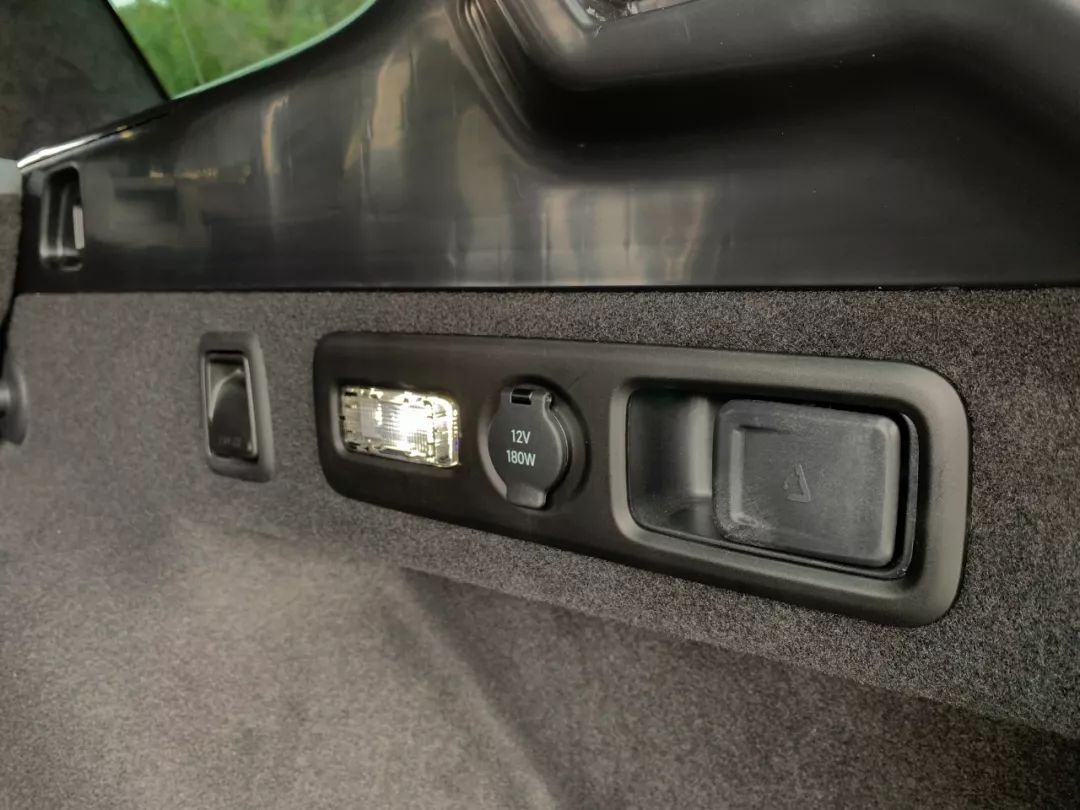
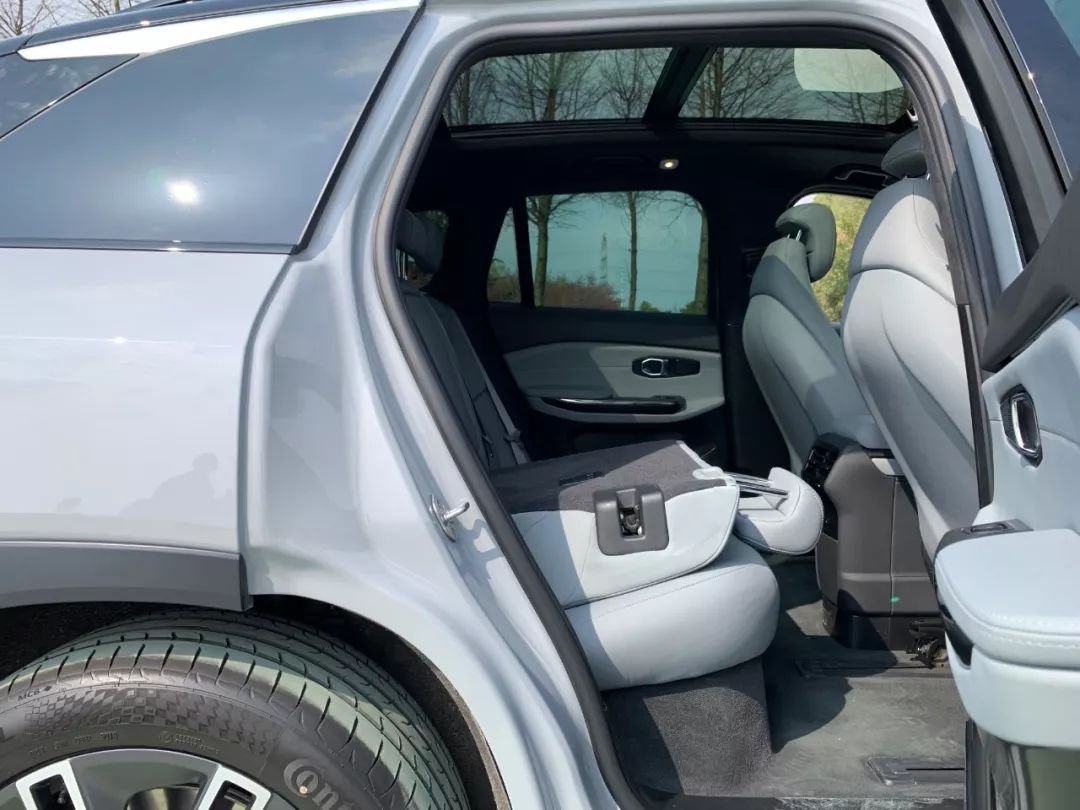
The back seat can be easily folded down by pulling the handle on the backrest and the handle in the cargo compartment, and the space expandability is also very impressive.
160 kW+240 kW=4.7 s
NIO has prepared a testing environment for acceleration, braking, obstacle avoidance and elk tests. The test vehicle we drove on site was equipped with a front 160 kW permanent magnet synchronous motor and a rear 240 kW AC asynchronous motor, optional 21-inch wheels, with 4.7 seconds acceleration from 0 to 100 kilometers per hour.
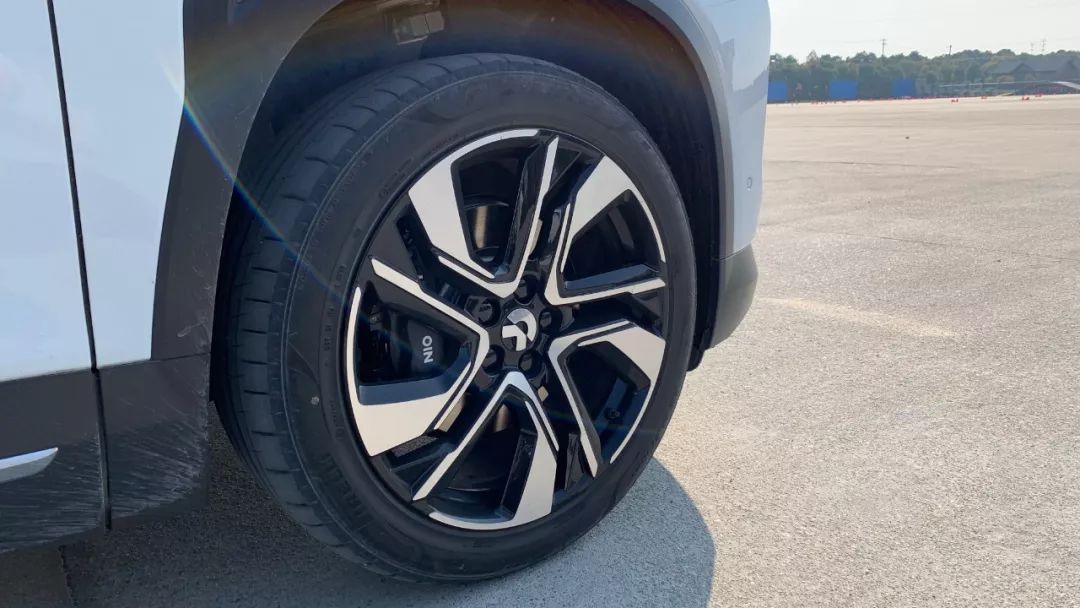
In actual experience, the ES6 has a faster instantaneous explosive force than the ES8, but the intensity of the explosion is not as strong as the ES8. There is a noticeable difference between 4.7 seconds and 4.4 seconds in acceleration from 0 to 100 kilometers per hour. The acceleration sensation of the ES6 is not as exciting as the ES8, but 4.7 seconds is already fully sufficient for ordinary consumers in daily driving.

The braking performance is as excellent as always. With Brembo’s 4-piston caliper and Pirelli P Zero tires, it can stop 2.3 tons of vehicle within 34 meters from 100 kilometers per hour. Because the brake action is to stomp, there is no intuitive feeling of the brake pedal, the only impression is that the braking force is indeed very strong.

The performance version is equipped with an active air suspension. The overall comfort of this suspension is good, but it is relatively difficult to keep the posture beautiful during intense driving, and there will be significant nodding and leaning.
The steering feel of the ES6 is not much different from the ES8, it belongs to the comfortable calibration. Even if it is adjusted to the sport mode, the steering intensity is relatively light. In the obstacle avoidance test, it is obvious that the chassis has surplus but the steering is insufficient.
Due to the low center of gravity of the battery pack, even if the steering feel is general, the driver will not panic because of the unstable lower body. Moreover, the ES6 is relatively smaller than the ES8 in size, so the vehicle dynamic is more flexible.
From the perspective of suspension and steering feel, the ES6 is an SUV that tends to be comfortable. Then, how is the driving experience on non-paved roads?
The most intuitive feeling is comfortable.
NIO arranged a non-paved road environment similar to a countryside road. There are many small bumps on this type of road, and there are some very small pits on the lane, which is a good place to test the chassis and suspension.I tested both the ES6 and the new Q5L on the road. During driving, due to the ES6’s larger weight and lower center of gravity, the car sway less than the Q5L. The delicate steering feel makes driving on this type of road very easy, without too much road feedback on the steering wheel.
The motor output at speeds of 20-40 km/h is very smooth, whereas a gasoline car needs to repeatedly shift between gears 2-4 in this relatively complex road condition. Also, using kinetic energy to control the speed is very smooth in the ES6, while a gasoline car needs to repeatedly switch between the accelerator and the brake pedal.
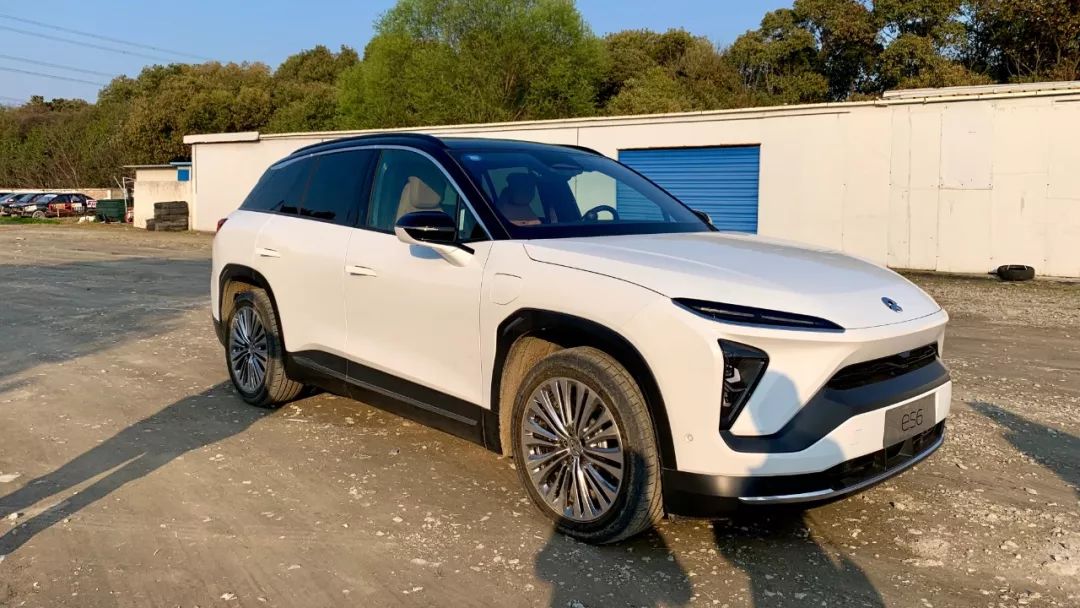
Range + NIO Pilot, You Are the Star of Tomorrow
Unfortunately, we did not experience the two core aspects of this ES6 during testing: range and NIO Pilot.
About Range: The ES6 has two power versions: the version we tested has a front 160 kW permanent magnet synchronous motor and a rear 240 kW asynchronous motor, while the other version has a front and rear 160 kW permanent magnet synchronous motor. When equipped with a 70-degree battery version, the NEDC range for the two ES6 versions are 430 km and 420 km respectively. If you spend an extra 50,000 to choose the 84-degree battery version, the NEDC range will be 510 km and 490 km respectively.
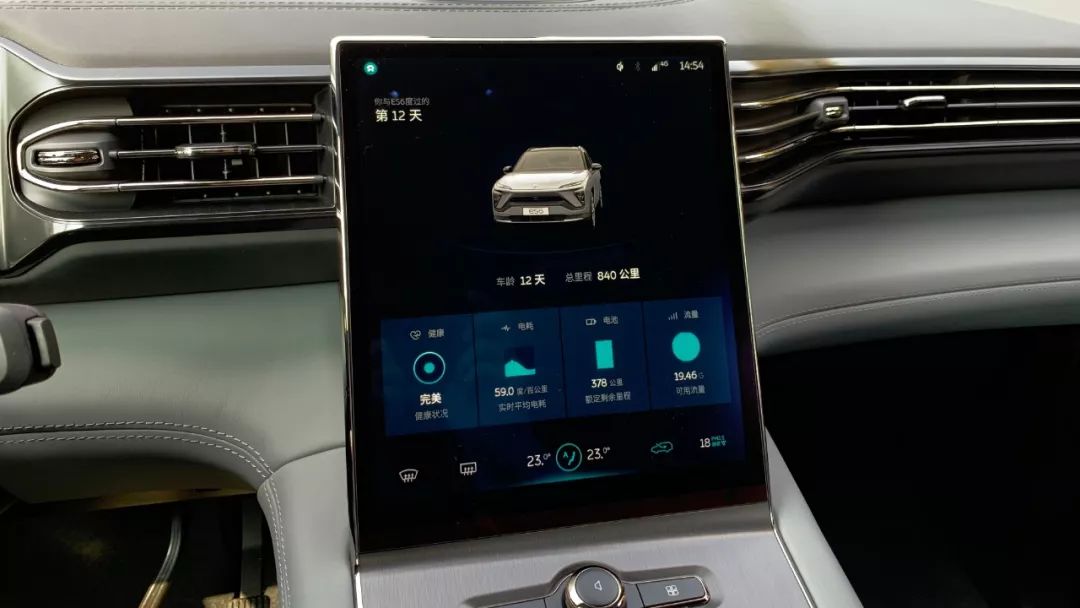
The ES6’s drag coefficient is lower than the ES8, and its curb weight is lighter than the ES8. It is also equipped with a relatively energy-saving permanent magnet synchronous motor and a heat pump air conditioner. Therefore, I am very excited about the comprehensive range of the ES6. If the actual test results do not disappoint, coupled with NIO’s charging service system, the ES6’s product power in the electric vehicle field should not be underestimated.
About NIO Pilot: NIO stated that in April of this year, the ACC function will be pushed to ES8 users, and ES6, which will be delivered in June, can realize L2 level assisted driving.
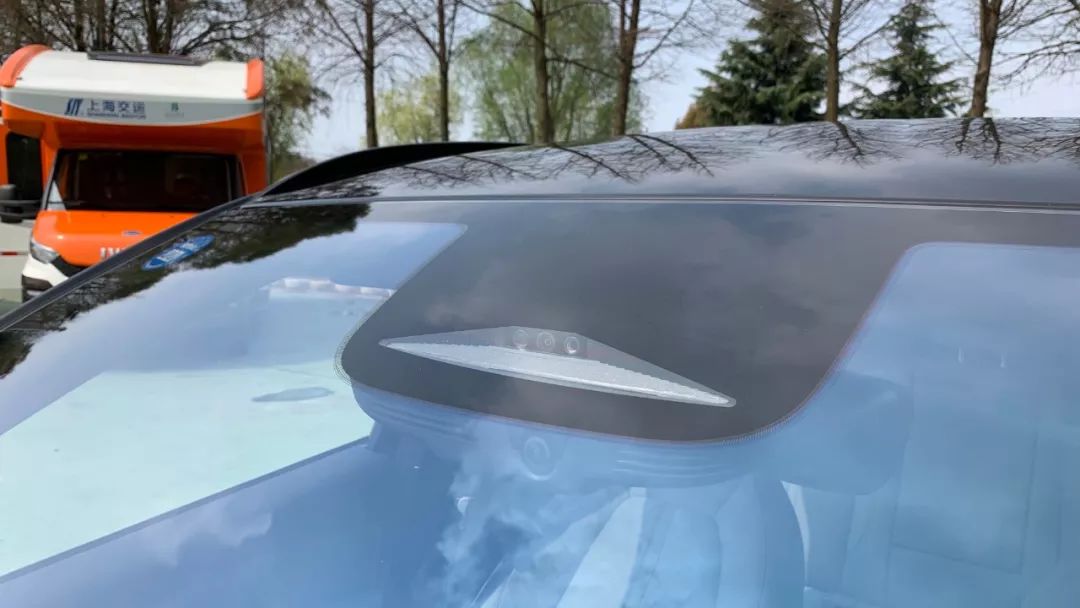 About the Price: The starting prices for the standard version and performance version of ES6 are 358,000 RMB and 398,000 RMB respectively before subsidies. If the 84kWh battery pack is selected, the starting prices will be 408,000 RMB and 448,000 RMB respectively.
About the Price: The starting prices for the standard version and performance version of ES6 are 358,000 RMB and 398,000 RMB respectively before subsidies. If the 84kWh battery pack is selected, the starting prices will be 408,000 RMB and 448,000 RMB respectively.
Since its debut in December 2017, NIO ES8 has been a highly anticipated product. After mass deliveries began in June 2018, the NIO brand was pushed to the forefront of public opinion. As the second model of the NIO brand, ES6 not only shoulders the responsibility of reversing the market reputation but also needs to lead NIO towards profitability!
Click here to see ES6 on 42HOW


This article is a translation by ChatGPT of a Chinese report from 42HOW. If you have any questions about it, please email bd@42how.com.
